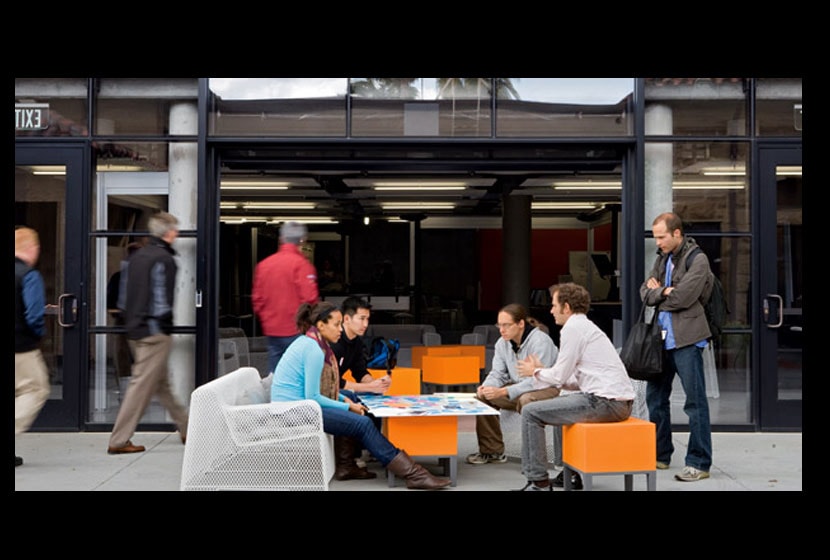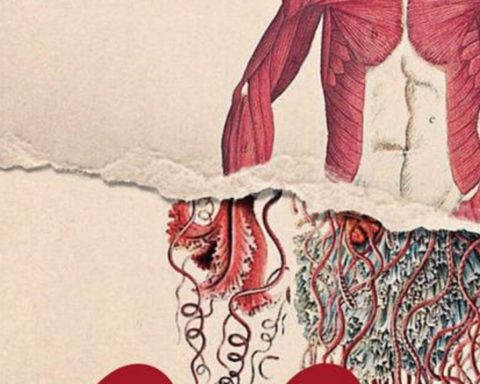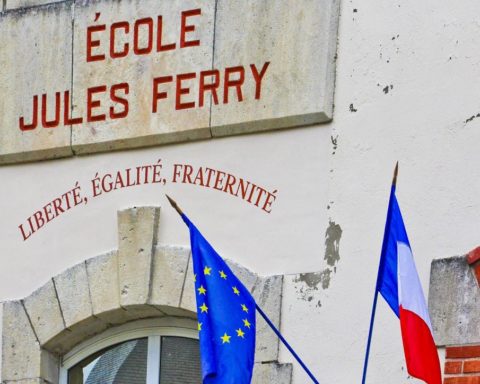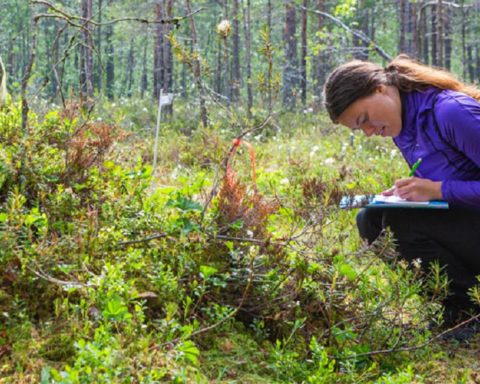At the Hasso Plattner Institute of Design at Stanford University (D. school) the projects all have a similar starting point: to focus on how to make people's lives easier. This idea is central to the school, leading students to rethink the boundaries for many industries.
At the heart of the school's classrooms is what David Kelley, one of the school's founders, calls a muscle of Empathy. Inside the school's cavernous space - which seems to be a nod to the garages of Silicon Valley - students have learned to forgo computer screens and spreadsheets in order to focus on people. The goal is to give the students, most of whom are analytical thinkers, the tools to improve their daily lives. One of the special features of this program is to get students off campus and observe how people solve life's problems.
So far, this process has worked well. Since the opening of the design school, the students have brewed dozens of innovative and start-up products. These D.school successes have become a source of inspiration for universities around the world. Sarah Stein Greenberg, Managing Director of the D.school, receives weekly requests from universities looking to emulate their programs.
The school has also become one of Stanford's most envied destinations. Some of the most popular classes can get up to four times as many applicants as there are places available.
The school encourages students to create, tinker and test possible solutions on their users - and to repeat this cycle as many times as necessary - until they find solutions that will actually be used. An important element of the school is to have students who start from scratch, and in the process develop "creative confidence" until they are able to move on to bigger problems, which may seem insoluble at first glance.
One of the most sought-after areas of the D.school is that of design for extreme adaptability. In both terms, students partner with partners from around the world to solve their "real world" problems. So far, the "extreme" students, as they are called, have completed 90 projects with 27 partners in 19 countries. This year, students will work with partners in Cambodia, India, Nepal, Nicaragua, Senegal and South Africa.
One of the most successful projects of this program is the design of a low-cost miniature pouch, much like a sleeping bag, that helps prevent newborns from hypothermia. According to the inventors, the pouch could have prevented 22,000 infant deaths.
©Laetitia BOURLIER - MTI Review 27 Jan 2014
With our thanks to MTI Review magazine for this kind collaboration












